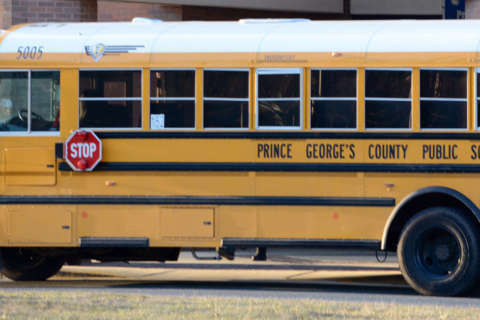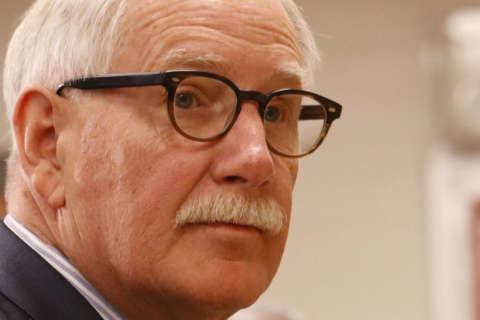WASHINGTON — A follow-up audit looking into allegations that Prince George’s County Public Schools had been changing grades in order to allow more students to graduate determined that, while improvements have been made, more oversight is still needed.
And some are voicing concerns about the improved numbers.
In a Tuesday statement that boasts how grade accuracy and certification have gotten better in the last six months, interim PGCPS CEO Monica Goldson acknowledged that the Maryland State Department of Education-commissioned audit found that “we must provide more oversight and support to enforce attendance-related grading requirements and ensure data accuracy.”
“We will review the new audit findings and submit a plan to MSDE by January 11, 2019,” she wrote.
The new findings, conducted by Alvarez & Marsal Public Sector Services and focusing on the class of 2018, echo a report from November of last year that also hinted at problems with a lack of oversight.
A news release claims A&M found evidence that 38 out of 40 recommendations in the original audit had been fully or partially implemented. The company reviewed 1,085 students in its sample, concluding that 98.9 percent of students graduated without any grade change or transcript violations, according to the release.
“PGCPS greatly reduced the degree to which grade changes were used and misused,” the study noted.
Others, however, are concerned about the validity of those graduation numbers.
At a Tuesday meeting, Maryland State Department of Education Board member Rose Maria Li said there seemed to be a dozen schools with “unbelievably great improvements” of 20 or more percentage points in graduation rates.
“What’s the process in terms of having somebody check that these numbers are valid? Are we just taking these numbers as given?” she said.
One of Li’s colleagues, David Steiner, took pains to say he didn’t want to pour cold water on good news.
“Sometimes it’s deeply earned,” he said.
But Steiner was more skeptical of other data.
“When, for example, Crossland Evening [High School] goes from a graduation rate of 18.4 percent to 52.8 percent in one year, I imagine there has to be a powerful explanation,” he said, referring the jump in numbers from the initial audit.
Citing the number of schools recording leaps in graduation rates over the span of one year, Steiner said, “That strains credulity.”
Prince George’s County Public Schools, meanwhile, says it has been taking numerous steps to correct the situation and any lingering issues.
“Parents, employees, community members and especially students must have confidence in high school diplomas awarded by Prince George’s County Public Schools. My job is to continue our focus on doing right by those who matter most,” Goldson said.
Allegations of grade-fixing first made headlines in June of 2017.
In other news, 83.6 percent of the county’s public schools (168 altogether) received 3-star to 5-star marks on Maryland’s new accountability system.
Eighty-four schools (55 elementary, 16 middle, nine high and three charter) received three stars. Seventy-five (61 elementary, five middle, four high and six charter) received four stars. Nine (seven elementary, one high and one charter) received five stars.
Read more on the audit at PGCPS’ site.
WTOP’s Kate Ryan contributed to this report.








